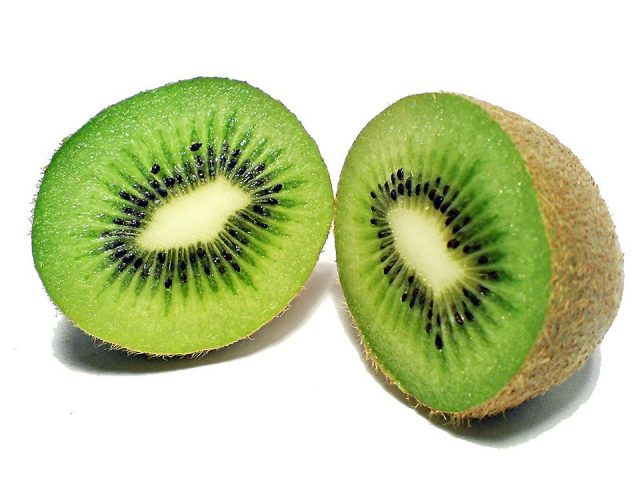The kiwi is an exotic and delicious fruit which can be enjoyed in its natural way or to make different kitchen plants with it. If you already have a tree of this fruit or want to have it, follow the advice that we bring to you below.
Tips for growing kiwi
Fruit selection
To sow or germinate kiwis, the fruit must be harvested in the best possible way. Ideally, it should come from organic crops, because in this way there will be more certainty that the seeds can germinate.
Seed germination
Start by cutting a fruit in half and take out as many seeds as you can, which must be whole. Then proceed to rinse the seeds and put them in a bowl with warm water (it can’t be hot enough) then take them to a warm place for about a week, or see when they start to open. To prevent the seeds from suddenly going rotten, change their water every day and keep it clean.
Take the seeds and put them in a paper towel which you must moisten previously, put this in a plastic bag that contains an airtight seal, close this bag and find a sunny or warm place to put it. If you find that the paper towel dries out before the seeds germinate, you’ll need to moisten it again. Remember that these types of seeds need a humid environment to germinate.
The plantation
The kiwi is a fruit tree that needs the sun, so it is important that you plant the seeds where you know that it will receive both sun and shade; you can plant it either next to a window or in a garden.
In pots
If you are going to plant in pots, you will have to prepare and moisten them together with a special mixture for germination. In each pot you can put an approximate of four seeds. Tear off a part of the damp paper towel where you germinated the seeds, there you should find between three and four seedlings that have adhered and proceed to bury this in the pots, continue like this in each pot until you have sown all the seedlings. Put this in a lighted place, ideally next to the windows.
Transplant to the garden
- You should find a place in the garden that has suitable conditions.
- This plant requires a good space to develop.
- Most of these types of plants will grow best in sun or medium light shade.
- The kiwi needs a somewhat acidic pH, so if the soil is alkaline, it must be acidified.
Soil
This type of care is the first thing you should think about, you should take into account the type of soil in which you are going to plant it, kiwis prefer soil that is moist but at the same time drained, the pH should be between 5 .0 and 6.0. If the soil does not drain well nor has some depressions, you will need to plant the kiwi on top of mounds made of soil.
We advise you not to plant this type of tree when the sun is out because these trees are usually found inside larger ones.
Kiwi tree care
Whenever you need to protect these trees from frost or any other sudden change in temperature, you can protect your little trees by putting a layer of corn husks or burlap on the trunk.
Organic type fertilizer such as worm-based humus and also compost are the best options for kiwi to grow healthy.
Fertilization can begin when the seedling begins to have a good number of leaves. When it gets to this point you can dig very carefully around the plant and put water and fertilizer there. This must be done as many times as necessary throughout the year.
Tie the shoots
When the kiwis begin to grow and produce their respective shoots, begin to guide them so that they grow on a support, which you can fix with wires.
Tips for planting kiwis
You can also buy some small plant; several of the producers opt for this option. They prefer a plant that has come out of a propagation in a nursery, this is because the cultivars that are propagated have traits that are more consistent between generations, on the other hand, most of the types of kiwi belong to the called dioeciously, that is, they will need a male and a female plant in order to bear fruit. The way to distinguish the sexes is their flowers and these will take more than three years to come out, in addition, the precise separation of the seedlings is complicated in order to achieve optimal pollination and subsequent production of the fruits.


















